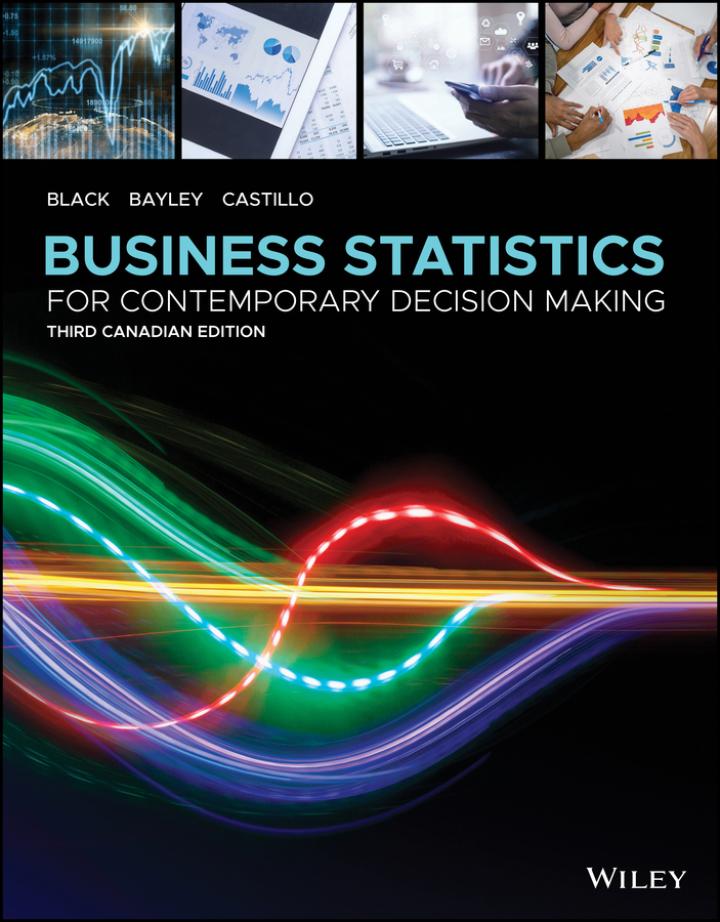The Coca-Cola Company is the number-one seller of soft drinks in the world. Every day an average
Question:
The Coca-Cola Company is the number-one seller of soft drinks in the world. Every day an average of more than 1.9-billion servings of Coca-Cola, Diet Coke, Sprite, Fanta, and other products of Coca-Cola are enjoyed around the world. The company has the world’s largest production and distribution system for soft drinks. Coca-Cola products are sold in more than 200 markets around the globe. For a variety of reasons, in developed countries, sales have been flat or growing slowly. For example, in 1989, North Americans bought $2.6 billion worth of Coke, but in 2009, the figure had grown to only $2.9 billion. Looking for attractive, growing markets, Coca-Cola has turned its attention to Africa. According to forecasts by the United Nations, Africa’s population will more than double by the year 2050 to 2.5-billion people. And after years of poverty, Africa’s emerging middle class is now becoming a driver of growth, with an expanding pool of consumers with increasing disposable income. Such factors, along with a positive trade balance, are attracting companies to Africa as a place in which to invest. While Coke has been in Africa since 1929, more recently it has made substantial efforts to increase sales there, building on its current presence and applying strategies it used in other developing markets, such as Latin America and southeast Asia. Coke is Africa’s largest employer, with 65,000 employees and 160 plants. Its market share in Africa and the Middle East is 29%, and 9.1-billion litres of beverage are sold by Coca-Cola there annually. Building on techniques learned in Latin America, Coke is trying to earn new customers in Africa by winning over small stores. Moving throughout villages and towns, Coca-Cola is distributing Coke signage and drink coolers to shop after shop. In an effort to distribute its products in areas with poor roads and to reach remote areas, Coca-Cola is establishing manual distribution centres like those it used in Vietnam and Thailand. Such centres currently employ more than 12,000 Africans and generate $500 million in annual revenue. Coca-Cola plans to invest $5 billion more in Africa for long-term sustainable growth, increasing its total investment there to $17 billion over the decade ending in 2020. Such infusion of revenue is intended to fund new manufacturing lines, cooling and distribution equipment, more job opportunities, and sustainability initiatives focused on access to safe water.
Discussion
1. In several countries of Africa, a common size for a Coke can is 340 millilitres (mL). Because of the variability of bottling machinery, it is likely that every 340 mL bottle of Coca-Cola does not contain exactly 340 mL of fluid. Some bottles may contain more fluid and others less. Because of this variation, a production engineer wants to test some of the bottles from a production run to determine how close they are to the 340 mL specification. Suppose the following data are the fill measurements from a random sample of 50 cans. Use the techniques presented in this chapter to describe the sample. Consider measures of central tendency, variability, and skewness. Based on this analysis, how is the bottling process working on this production run?
2. Suppose that at another plant, Coca-Cola is filling bottles with 20 U.S. ounces of fluid (591 mL). A lab randomly samples 150 bottles and tests the bottles for fill volume. The descriptive statistics are given in Excel output. Write a brief report to supervisors summarizing what this output is saying about the process.
Excel Output

Step by Step Answer:

Business Statistics For Contemporary Decision Making
ISBN: 9781119577621
3rd Canadian Edition
Authors: Ken Black, Ignacio Castillo





